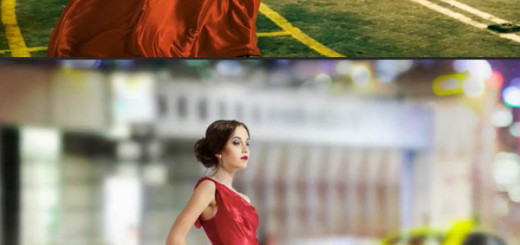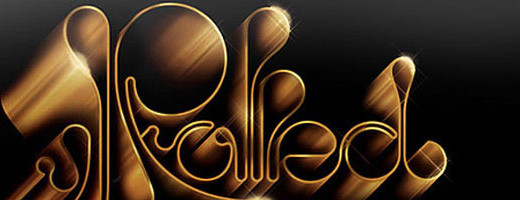How to Make an Effective Logo Design
1Logo designers rely on psychological concepts when creating their designs. Many people may already be aware of the fact that we as humans have emotional responses to certain colors and shapes, but the psychology behind logo design encompasses much more than simple shapes and colors.

Businesses looking to make websites successful at bringing in new customers, engaging their prospects, and cultivating brand recognition would do well to use psychological concepts when designing web logos.
Related posts:
- Incredibly Creative Typography Logos
- Creative Examples of Negative Space Logo Designs
- 40+ Inspirational Black and White Logos
- Extraordinary Mono-Color Logo Examples
What Does “Logo Design Psychology” Mean, Anyway?
In a basic sense, this phrase refers to the meanings that people ascribe to logos other than those related to the business. Over and above the words and symbols in the logo, people psychologically associate certain words, shapes, symbols and colors with meanings. One example might be the association of a bird with freedom or flight.
Using Color Effectively
Many books and sites that discuss color and logo design will state simplistically that certain colors have certain meanings. “Yellow denotes power” or “Black radiates sophistication” are a couple of examples of this. Unfortunately, colors have different meanings in different settings, so it’s hard to nail down any one specific meaning to a color. For example, green can signify life, nature, money, growth or freshness, just to name a few examples. Every color has multiple meanings depending on the context in which they are used. Additionally, simpler is better. Sticking with just one color also makes your text or symbol stand out more, and it makes your logo blend better on black or white backgrounds, which where your logo is most likely to be used.

Using Shapes to Your Advantage
Humans may actually respond even more strongly to shapes than to colors. Our brains are wired to memorize shapes and attribute meaning to them. This includes the shapes of letters and numbers. This concept applies to logo design in multiple ways. First, companies should examine the letters used in their logo and attempt to create meaning with the design and details of the letter forms. Consider using negative space, and use free association to understand what hidden meanings your company’s name or symbol may be impressing upon your potential customers. If your design makes people think of something negative, even if the design is aesthetically pleasing from a color and design perspective, you’ll definitely need to redesign that logo.

Conclusion
A good logo design can and most likely will make websites successful for businesses who employ these logo and graphic design strategies. A good logo designer considers the feelings and emotions that the logo will evoke in viewers and customers. It isn’t enough simply to have the right color, a pleasing shape or an artful design. Consumers always have cultural and individual psychological meanings that they project onto any given image. In the modern advertising age, it’s an absolute necessity to consider what psychological meanings your prospective customers are ascribing to your logo. Rather than ignoring this fact, use these underlying meanings to make your logo evoke the feeling you want customers to have when they think of your business.





A very interesting read. Must the book on my wish list.